
Cardano price

Cardano market info
Market cap = Circulating supply × Last price

Cardano Feed

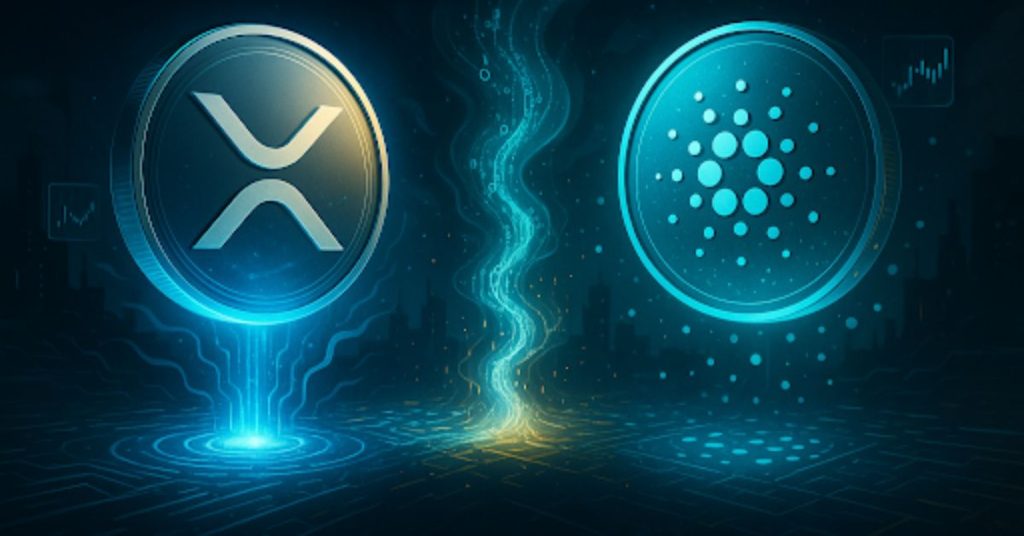
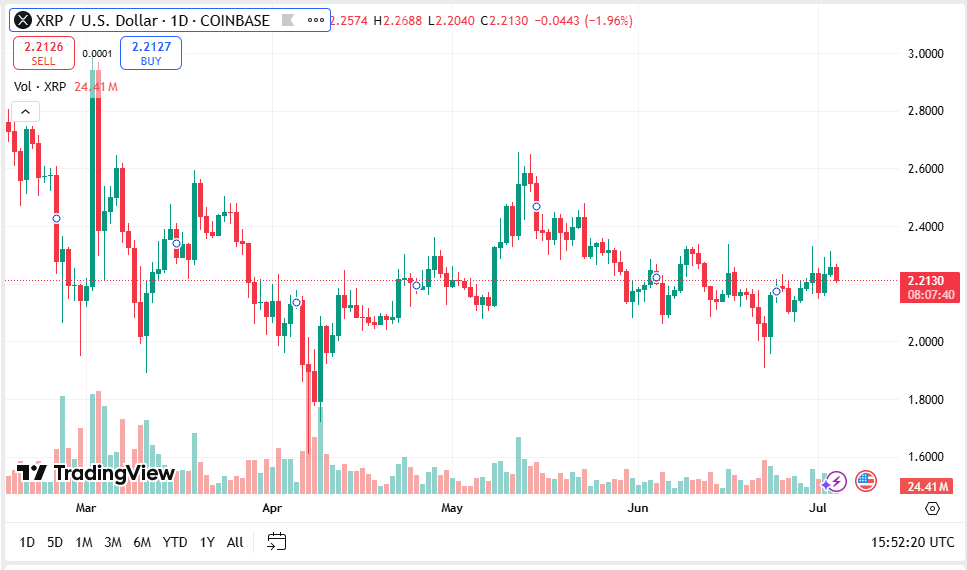


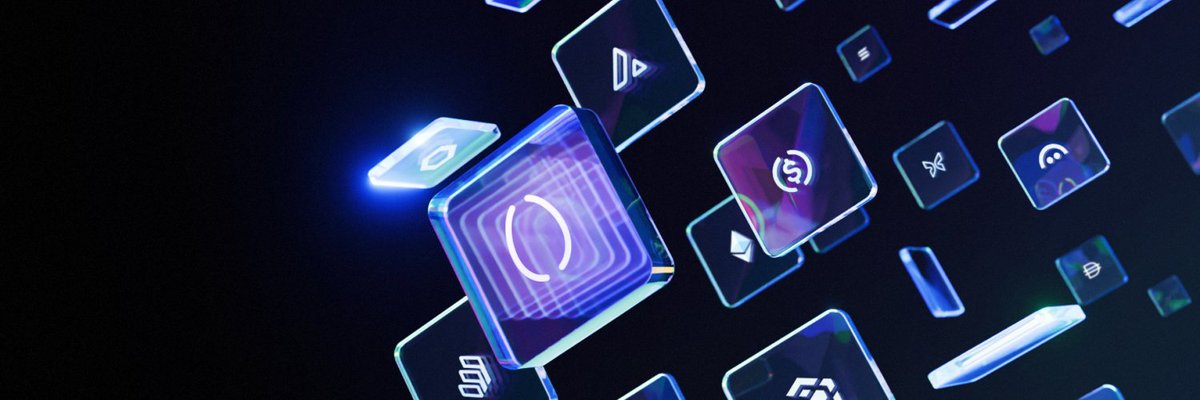
Convert USD to ADA


Cardano price performance in USD
The current price of Cardano is $0.57540. Over the last 24 hours, Cardano has increased by +1.27%. It currently has a circulating supply of 36,133,190,032 ADA and a maximum supply of 45,000,000,000 ADA, giving it a fully diluted market cap of $20.78B. At present, Cardano holds the 10 position in market cap rankings. The Cardano/USD price is updated in real-time.
Cardano’s biggest 24-hour price drop was on May 19, 2021, (UTC+8), when it fell by $1.0775 (-51.70%). In Aug 2021, Cardano experienced its biggest drop over a month, falling by $1.7114 (-57.57%). Cardano’s biggest drop over a year was by $2.9312 (-94.57%) in 2021.
Popular Cardano conversions
| 1 ADA to USD | $0.57520 |
| 1 ADA to PHP | ₱32.4700 |
| 1 ADA to EUR | €0.48834 |
| 1 ADA to IDR | Rp 9,318.00 |
| 1 ADA to GBP | £0.42162 |
| 1 ADA to CAD | $0.78227 |
| 1 ADA to AED | AED 2.1110 |
| 1 ADA to VND | ₫14,951.91 |
About Cardano (ADA)
- Official website
- Github
- Block explorer
Latest news about Cardano (ADA)



Learn more about Cardano (ADA)




Cardano FAQ
The maximum supply of Cardano is capped at 45 billion, of which 31.11 billion tokens were in circulation during the launch of the network.
Like most crypto tokens and altcoins, Cardano’s price is susceptible to the larger crypto market price trends. This means that during bull cycles, Cardano’s price increases, and the price of Cardano falls during bear markets.
Apart from market trends, Cardano’s price is also affected by factors such as network upgrades and positive or negative news around the network. At OKX, we advise you to research any cryptocurrency before buying and trading them. Cryptocurrency is deemed a high-risk asset and prone to sharp price movements. Therefore, we ask that you only buy what you are willing to lose.
Furthermore, like all cryptocurrencies, Cardano is volatile and carries risks. Therefore, before buying, you should do your own research (DYOR) and evaluate your risk appetite before proceeding.
Bitcoin uses the Proof of Work (PoW) consensus mechanism that requires miners to use computers to solve a complex mathematical problem, making the process energy intensive. However, the miner who solves the problem gets to validate transactions and create a block and is rewarded in BTC.
On the other hand, Cardano uses the PoS consensus mechanism that is several times less energy intensive. In fact, according to Hoskinson's estimates, Cardano's energy usage is 0.01 percent of Bitcoins. This is why Cardano is sometimes referred to as the "green blockchain."
Cardano's development roadmap is divided into five stages: Byron, Shelley, Goguen, Basho, and Voltaire. During the Byron era, the Cardano team developed the foundational code for the network with the Ouroboros consensus mechanism at its heart, allowing users to exchange the native token, ADA.
The Shelley era focussed on decentralization to ensure that the nodes were run by a diverse group of people instead of centralized groups. Next, the Goguen phase saw the Alonzo upgrade that introduced smart contract capabilities to Cardano. The Vasil upgrade, part of the Basho era, focused on improving the network's scalability by improving throughput. Cardano is also working to introduce side chains to further boost scalability during this phase.
The Voltaire period will see the addition of voting and a treasury system for a self-sustained governance mechanism. It will allow users to stake their assets and vote on the future developments of the network.
Easily buy ADA tokens on the OKX cryptocurrency platform. Available trading pairs in the OKX spot trading terminal include ADA/USDT, ADA/USDC, ADA/ETH, and ADA/BTC.
You can also buy ADA with over 99 fiat currencies by selecting the "Express buy" option. Other popular crypto tokens, such as Bitcoin (BTC), Ethereum (ETH), Tether (USDT), and USD Coin (USDC), are also available.
Swap your existing cryptocurrencies, including XRP (XRP), Cardano (ADA), Solana (SOL), and Chainlink (LINK), for ADA with zero fees and no price slippage by using OKX Convert.
To view the estimated real-time conversion prices between fiat currencies, such as the USD, EUR, GBP, and others, into ADA, visit the OKX Crypto Converter Calculator. OKX's high-liquidity crypto exchange ensures the best prices for your crypto purchases.
Monitor crypto prices on an exchange
Disclaimer
OKX does not provide investment or asset recommendations. You should carefully consider whether trading or holding digital assets is suitable for you in light of your financial condition. Please consult your legal/tax/investment professional for questions about your specific circumstances. For further details, please refer to our Terms of Use and Risk Warning. By using the third-party website ("TPW"), you accept that any use of the TPW will be subject to and governed by the terms of the TPW. Unless expressly stated in writing, OKX and its affiliates (“OKX”) are not in any way associated with the owner or operator of the TPW. You agree that OKX is not responsible or liable for any loss, damage and any other consequences arising from your use of the TPW. Please be aware that using a TPW may result in a loss or diminution of your assets. Product may not be available in all jurisdictions.
Convert USD to ADA



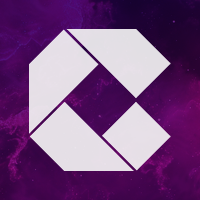
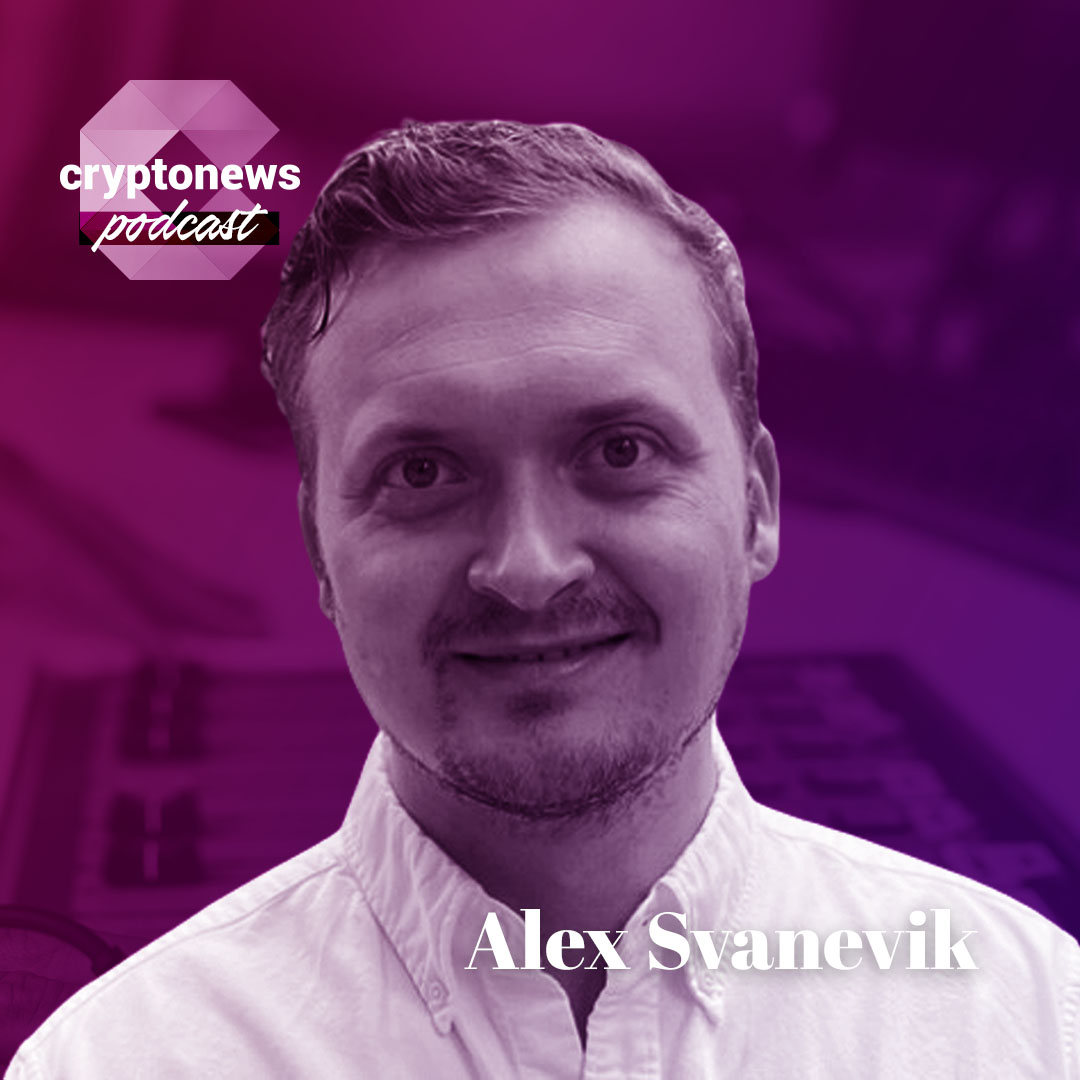

































Socials